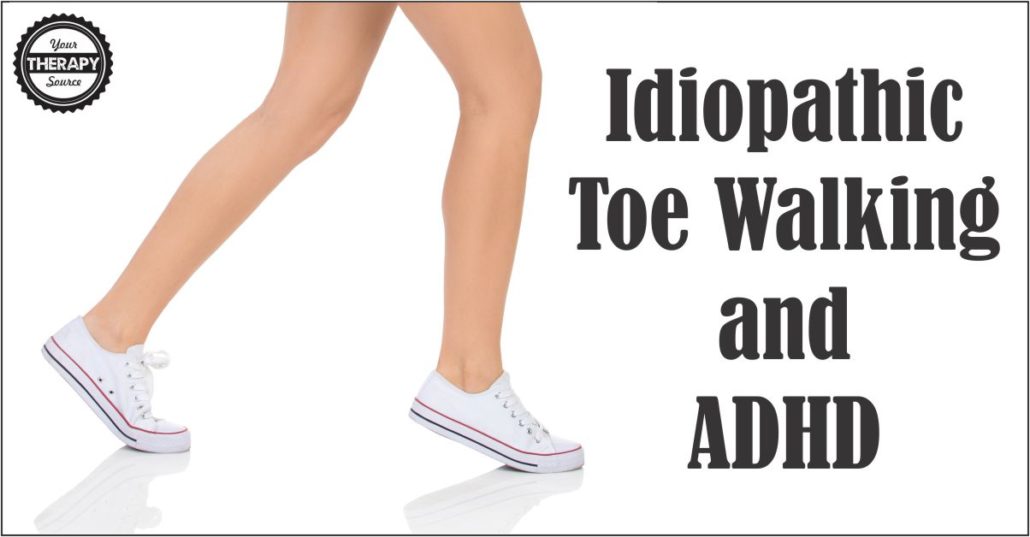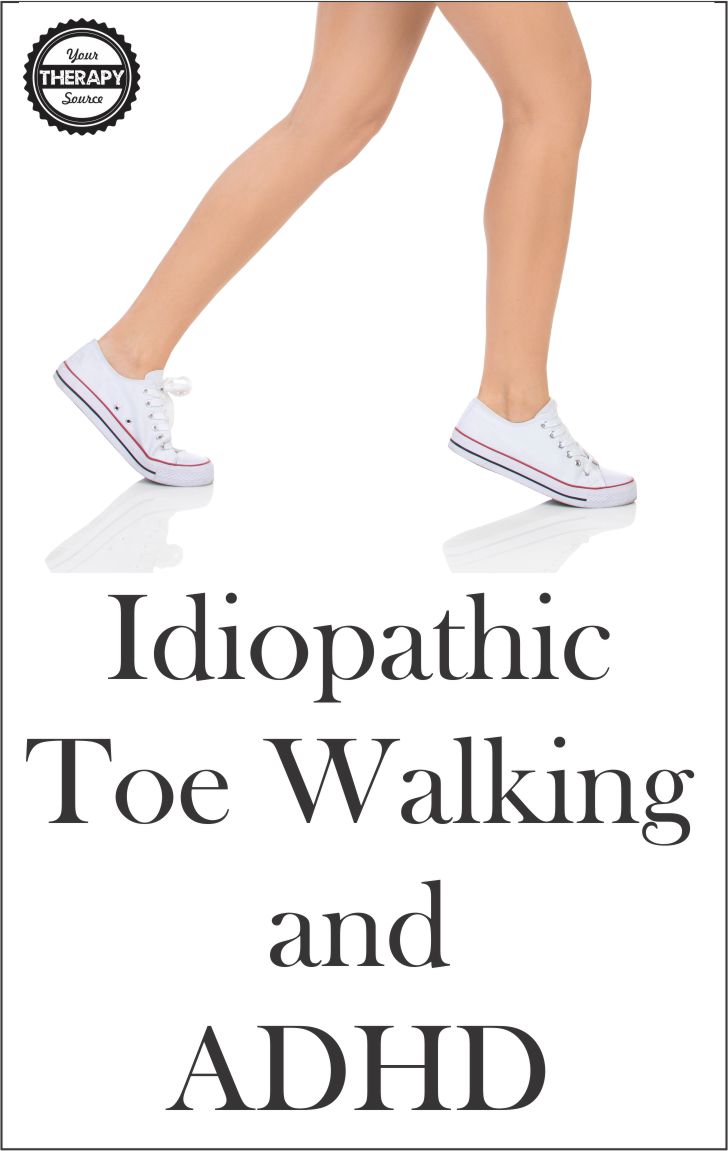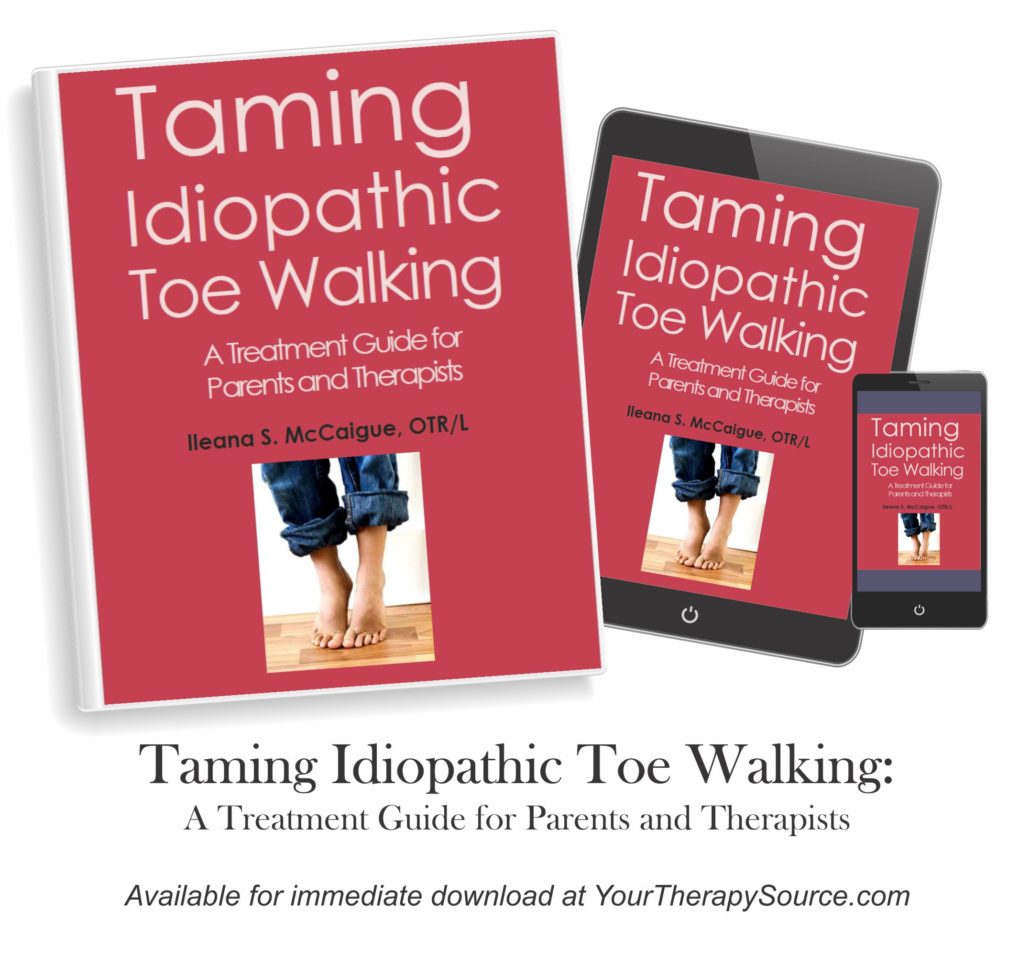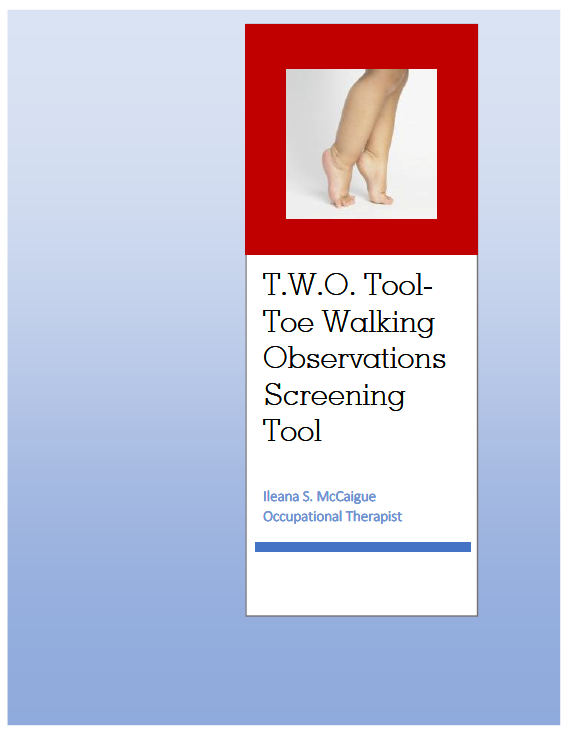Idiopathic Toe Walking and ADHD
 Idiopathic Toe Walking and ADHD
Idiopathic Toe Walking and ADHD
Recent research examined the relationship between idiopathic toe walking and ADHD. Idiopathic toe walking was defined as a gait pattern with no contact between the heels and the ground in children older than 3 years. The study included 312 children diagnosed with ADHD, with a normal neurological examination, with no alterations in MRI scan, cognitive disorder or autism. A complete medical history and goniometric measurements were obtained for each of the participants (mean age 11 years old, 73.7% boys). The participants were classified according to ADHD subtypes:
- 53.8% had ADHD combined subtype
- 44.9% had inattentive ADHD
- 1.3% had hyperactive ADHD
The results of the study on idiopathic toe walking and ADHD indicated the following:
- idiopathic toe walking was observed in 20.8% of patients, mostly in the combined subtype.
- Achilles shortening was present in 49.2% of the participants with idiopathic toe walking.
- idiopathic toe walking was associated with sociability disorders, an absence of pain in legs and a family history of toe walking.
- 11% of the participants had visited a doctor for toe walking.
The researchers concluded that children with ADHD have an increase in idiopathic toe walking and Achilles shortening, especially if they presented with a social communication disorder or a family history of toe walking. It is helpful when idiopathic toe walking is diagnosed early in order to begin effective treatments.
Reference: Insuga, V. S., Vinués, B. M., del Pozo, R. L., Moreno, M. R., González, M. M., Ruiz, R. C., & Carmen, C. M. (2018). Do children with attention deficit and hyperactivity disorder (ADHD) have a different gait pattern? Relationship between idiopathic toe-walking and ADHD. Anales de Pediatría (English Edition).
Taming Idiopathic Toe Walking: A Treatment Guide for Parents and Therapists is an electronic or print book that provides a non-invasive, efficient and effective sensory treatment strategy for children and adolescents that display atypical toe walking. Find out more.
The T.W.O. Tool – Toe Walking Observation Screening Tool utilizes a parent survey and clinical assessment to screen possible sensory processing and motor coordination difficulties. The tool is scored to help determine if the child exhibits sensory-based toe walking of unknown origin, as opposed to other clinical observations that may indicate an origin that is not primarily sensory-based.
Read more articles on toe walking:
Toe Walking and Severe Autism Spectrum Disorder
Vibration Threshold and Toe Walking in Children
Motor Skills, Sensory Processing, and Toe Walking
Idiopathic Toe Walking and Left-Handedness





